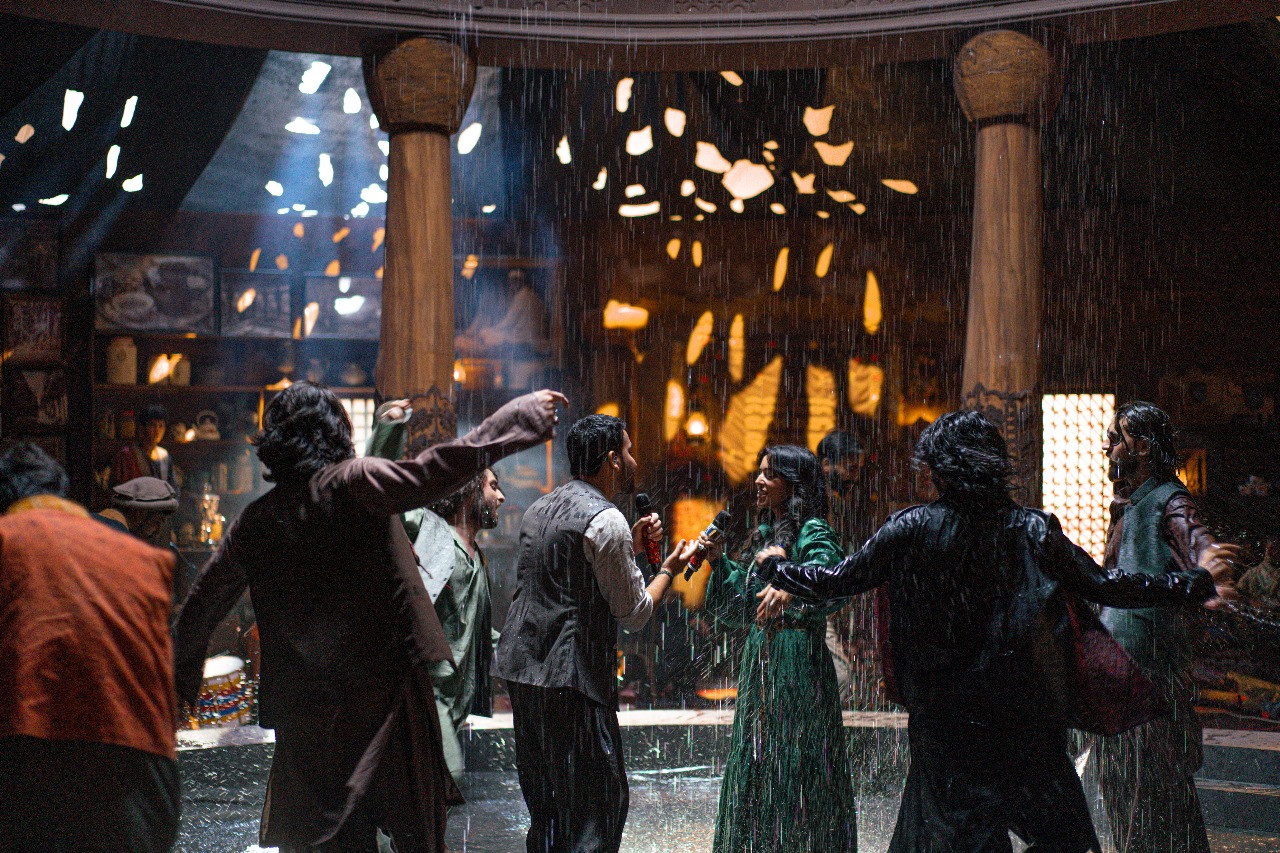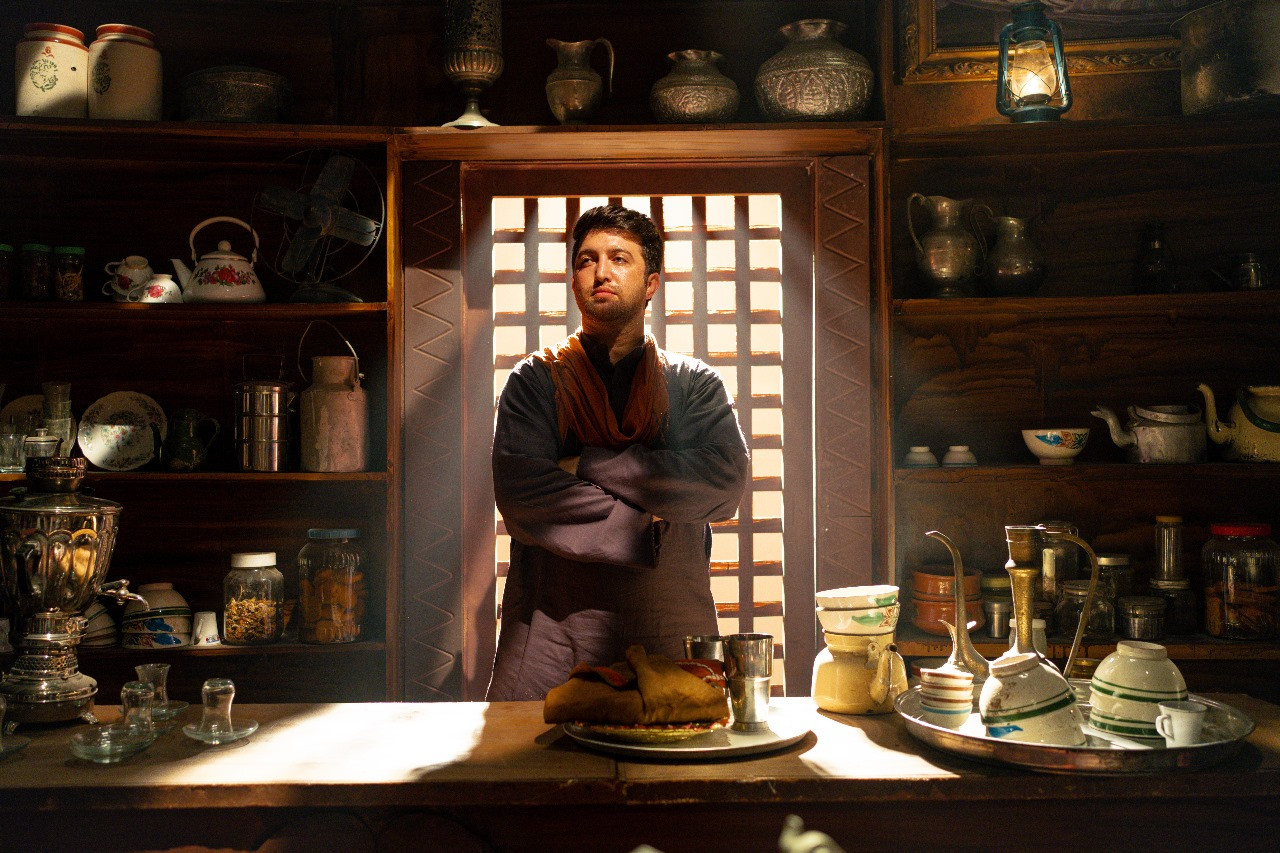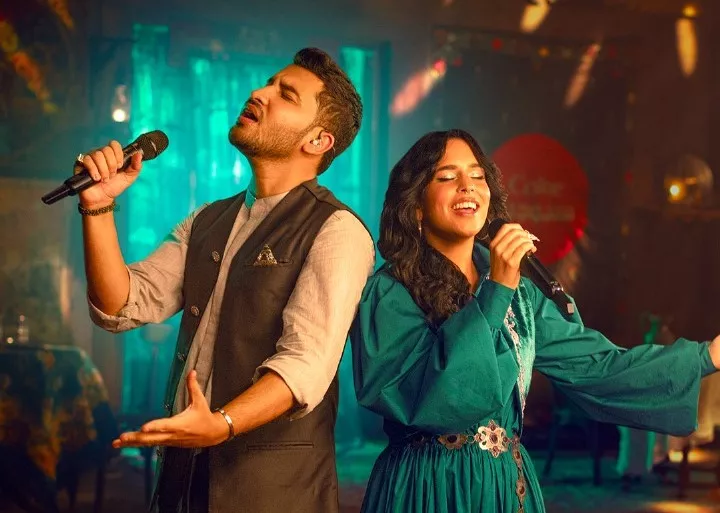CS15: ‘Harkalay’ lets Zahoor and REHMA shine in all the predictable ways
Season continues to remain plagued by the same formulaic composition
KARACHI:Four songs later, Coke Studio 15’s ambitions prompt no confusion - this season is a focused amalgam of music and culture. From the Sindhi season opener Aayi Aayi to Harkalay, the latest offering that combines Pashto and English, no season before has carried fusion music on its sleeve.
But sleeves are meant to become a second skin, to embrace the contours of the arm and become one with the body’s motions, not merely serve as a canvas for adornments. If definitionally, fusion music must produce not tradition or its remix but a third secret thing, then Harkalay is yet another song to miss the point.
One may leave the ambition and scope of fusion music aside and tune in to CS’s fourth song this year just for a good time. However, a good time is often marked by its passage, not stasis. At this point, it’s hard to tell apart the first week/song from the third or fourth (2AM might soon have to be declared an anomaly).

An unmistakable premise
The premise here is a homage to Pashtun culture. Zahoor and REHMA team up for this ambitious undertaking. Shaking off the burden of expectations and intent, for a good time, the song is not bad at all - it’s simply predictable. Zahoor's performance, while technically proficient, feels somewhat muted, lacking the vigour and dynamism that could elevate the song to greater heights.
There's a palpable sense of longing for more energy, more oomph, to infuse vitality into the track. In contrast, REHMA's vocal delivery is a curious fusion of styles, predominantly English with intermittent bursts reminiscent of early 2000s pop, evoking a sense of nostalgia tinged with a hint of discomfort. The dated wailing-girl aesthetic she channels may elicit mixed reactions.

The song opens with a stripped-down arrangement, particularly during Zahoor's Pashto verse, characterised by a simple beat and understated embellishments. However, as the chorus approaches, the music gradually builds momentum, layering additional elements atop the bouncy rhythm. This transition cues in REHMA's verse. Despite initial reservations, the subtle distortion on her final note before the chorus adds a compelling texture to the composition, effectively enhancing its sonic palette.
One notable highlight of Harkalay is the bridge section, where Zahoor and REHMA engage in rapid-fire exchanges, their vocals intertwining amidst a backdrop of pulsating synths. The meticulous synchronisation between their lines and the laser-like synth textures is raw and energetic, juxtaposing smooth vocals with gritty instrumentals.

As the bridge segues into the song's main chorus, the duo alternates vocal duties, each complementing the other with adlibs and harmonies. This call-and-response dynamic adds depth and dimension to the composition, showcasing the chemistry between the two artists. As they converge on the final line, their voices unite in harmony, punctuating the track with a sense of unity and resolution.
Moments of respite
While Harkalay may not fully live up to the lofty expectations of being dubbed the 'sound of the nation', it offers some moments of respite that could pass for virtuosity. Zahoor’s emotive rendition of the opening verse, for one, sets the stage for the journey that unfolds, inviting listeners to immerse themselves in the evocative soundscape.
One cannot overlook the contributions of the production team, whose meticulous attention to detail helps Harkalay uphold the quality one has come to expect from Coke Studio. From the subtle distortion on REHMA's vocals to the layered textures that permeate the composition, every sonic element is carefully crafted to evoke a specific mood or emotion.

A comparable dedication can be underlined in the song’s video. One must be cautious in defining a music video, let alone a good music video. Since the switch from episodic format, CS has carved out a standard visual grammar for its music videos. Again, none of the videos this season have been bad. Yet, one can easily put together a constellation of similarities that render the apothecary setting and men sipping chai fairly unremarkable.
Despite the one cultural/linguistic focus per song approach so far, having people stare blankly into a slowly moving camera has become a trademark CS shot - one case in point. For all the work that has gone into making the songs an audiovisual delight, one may conclude that the videos only wish to make up for the traditional edge that is missed sonically.
Have something to add to the story? Share it in the comments below.


COMMENTS
Comments are moderated and generally will be posted if they are on-topic and not abusive.
For more information, please see our Comments FAQ